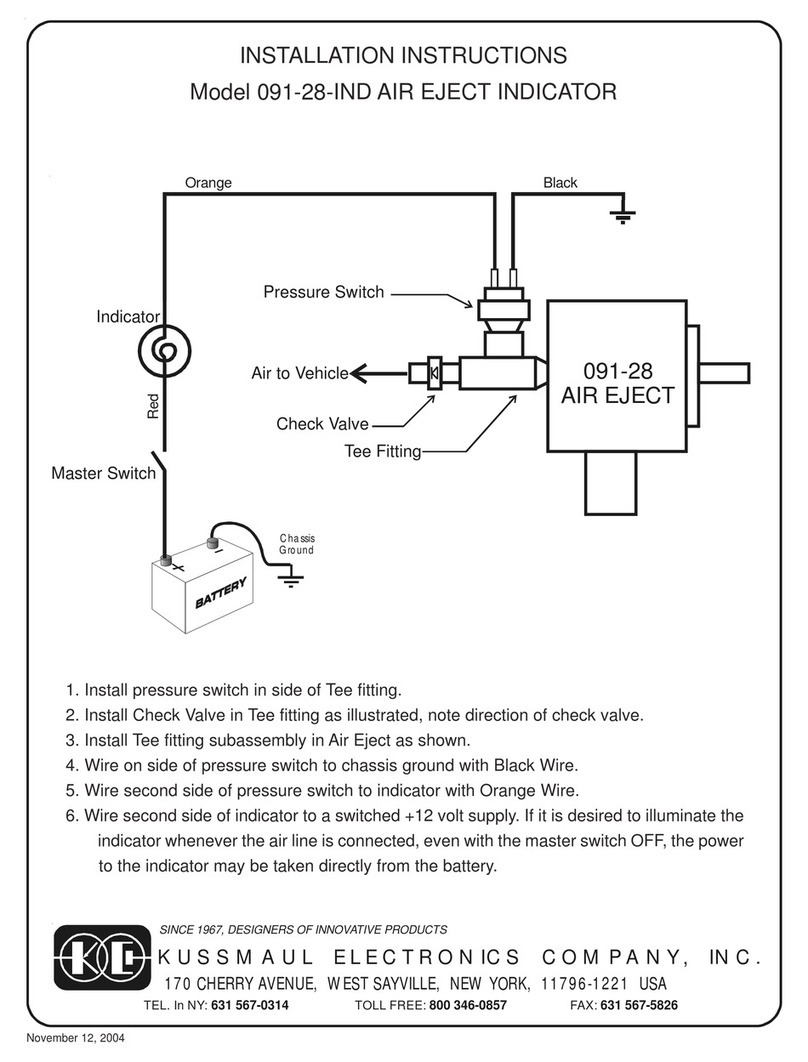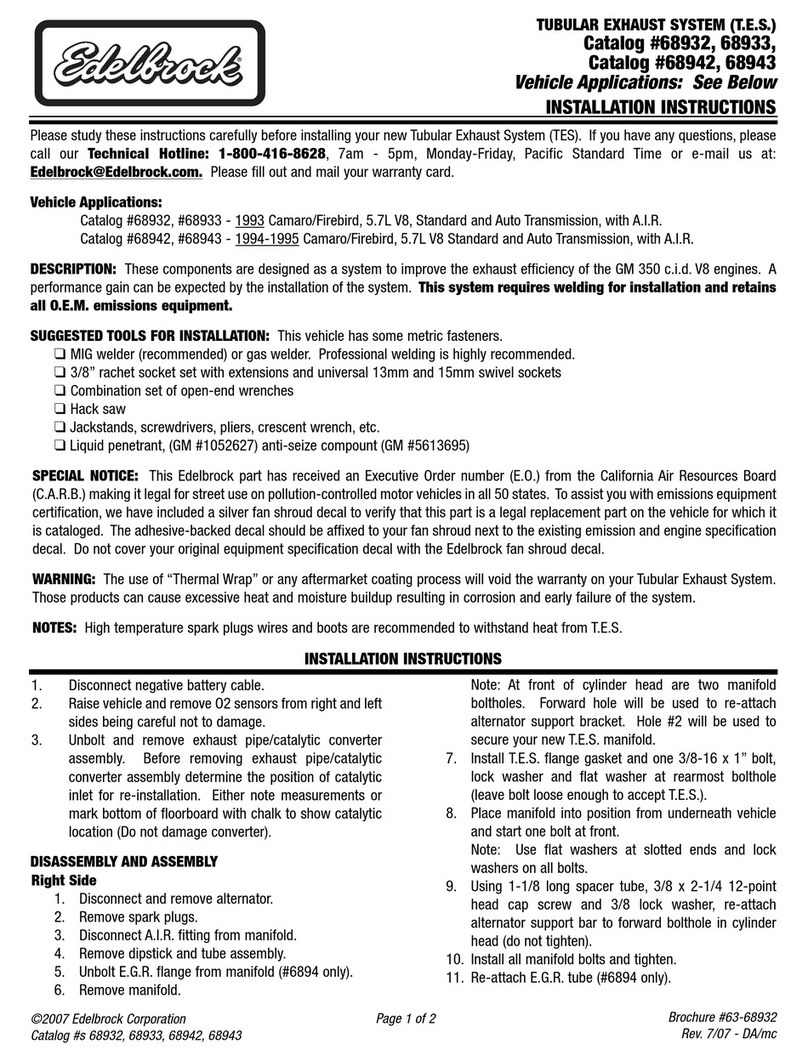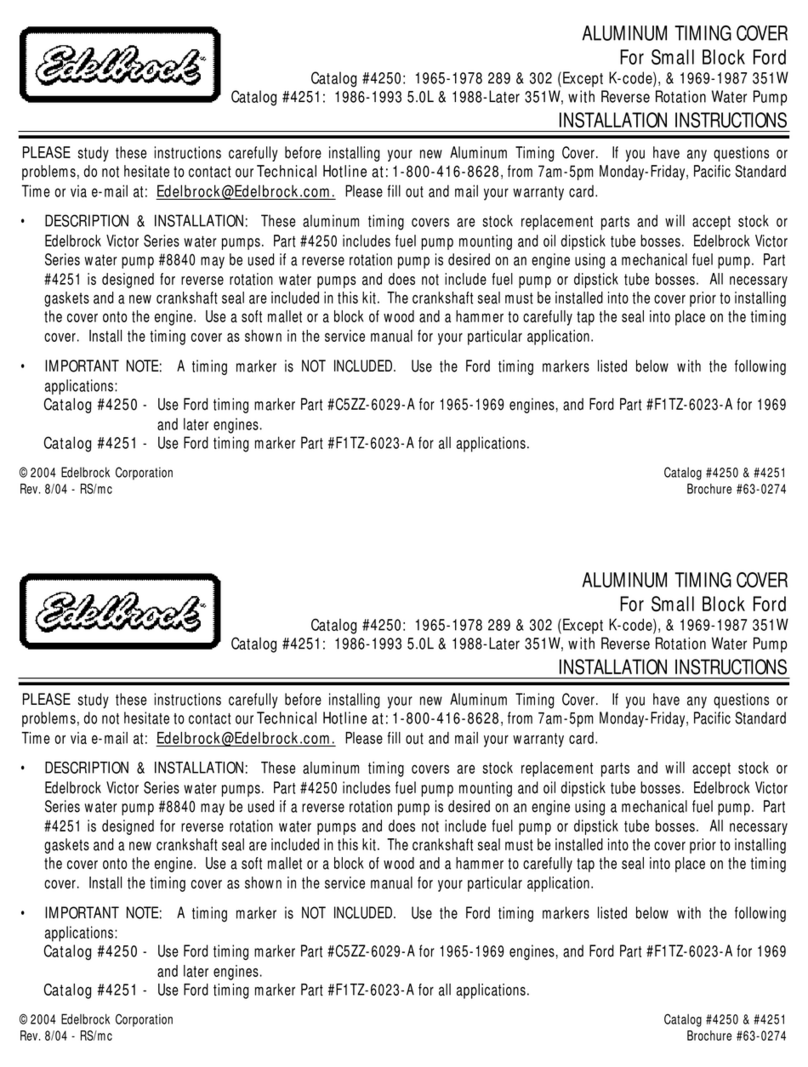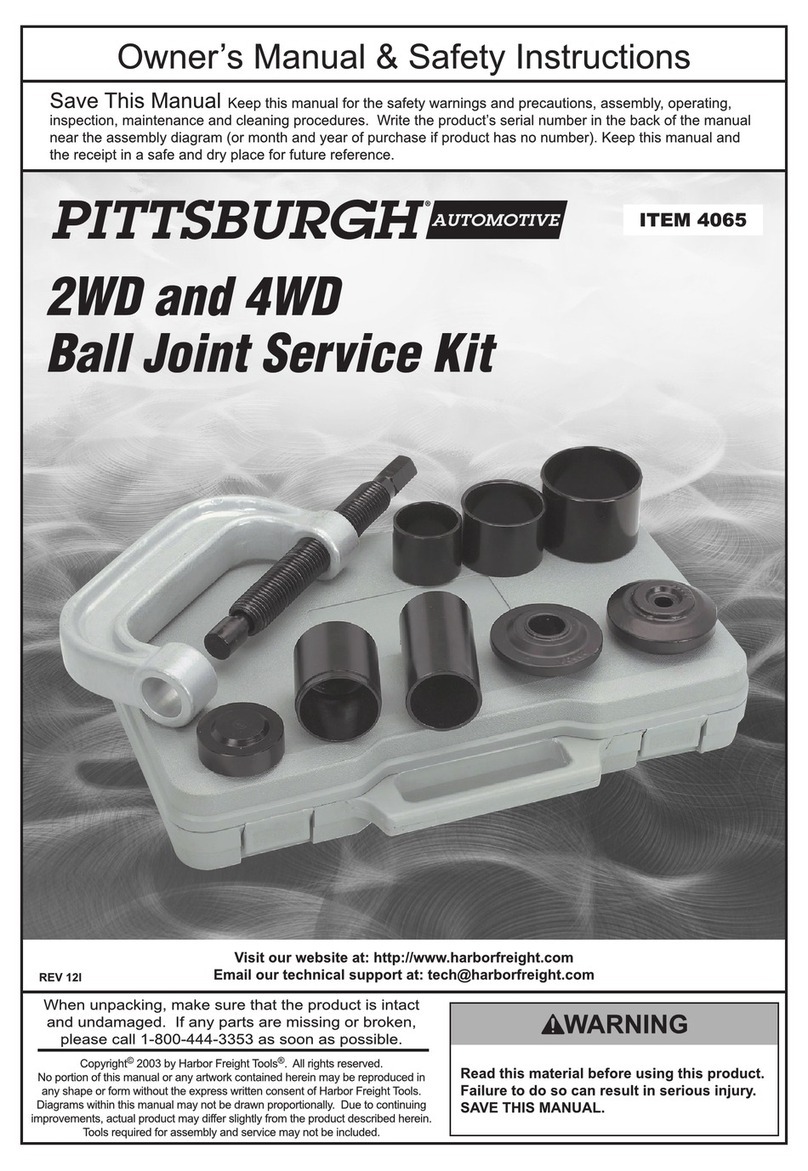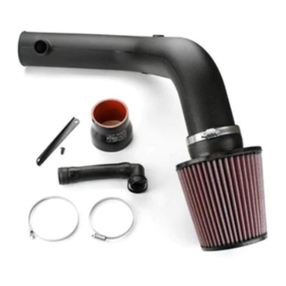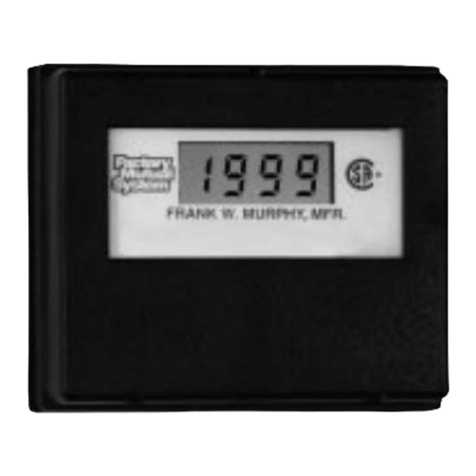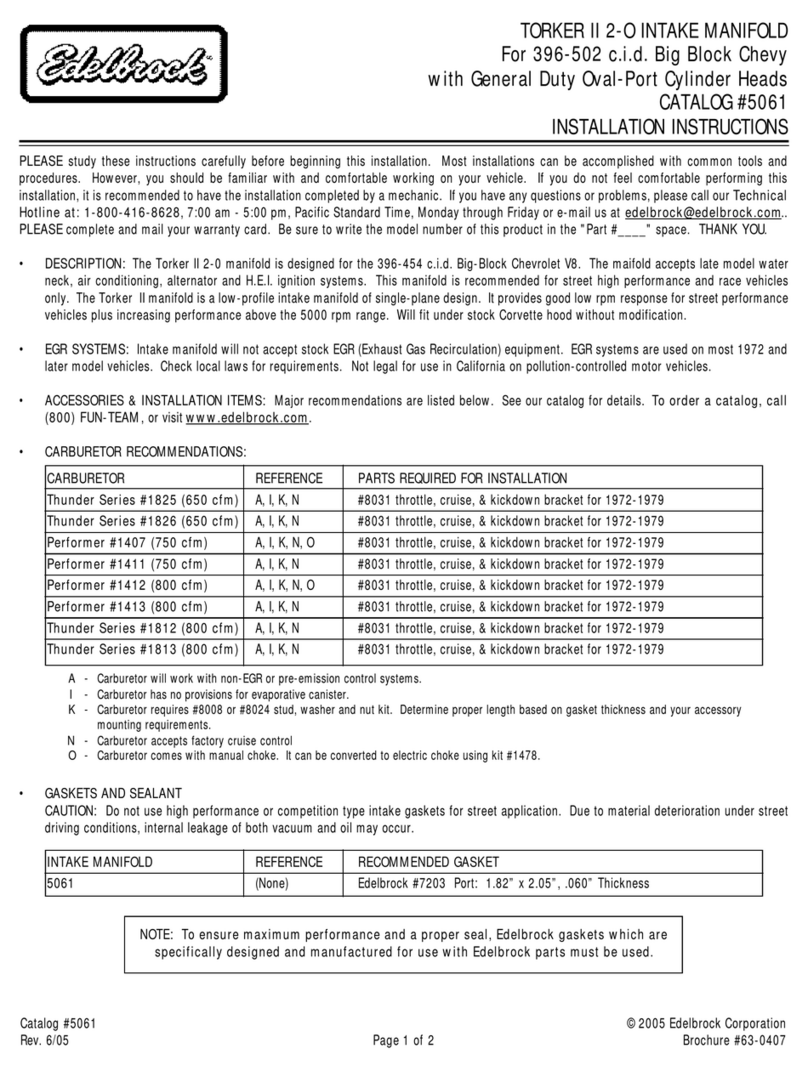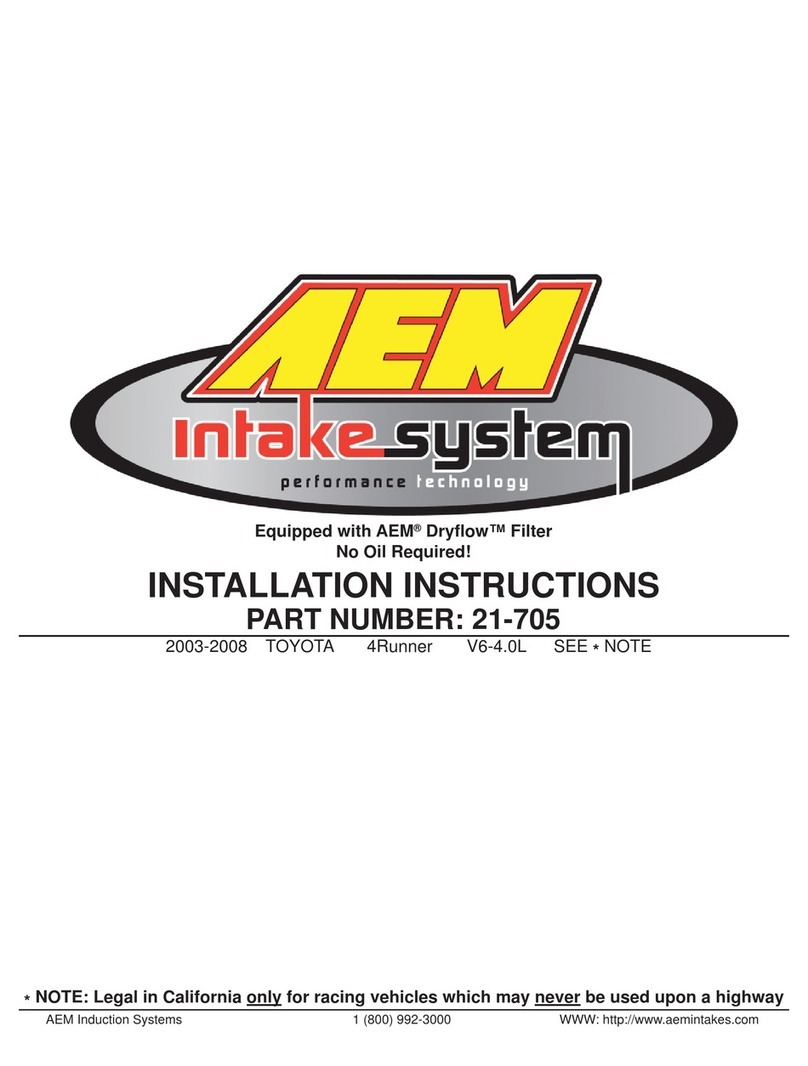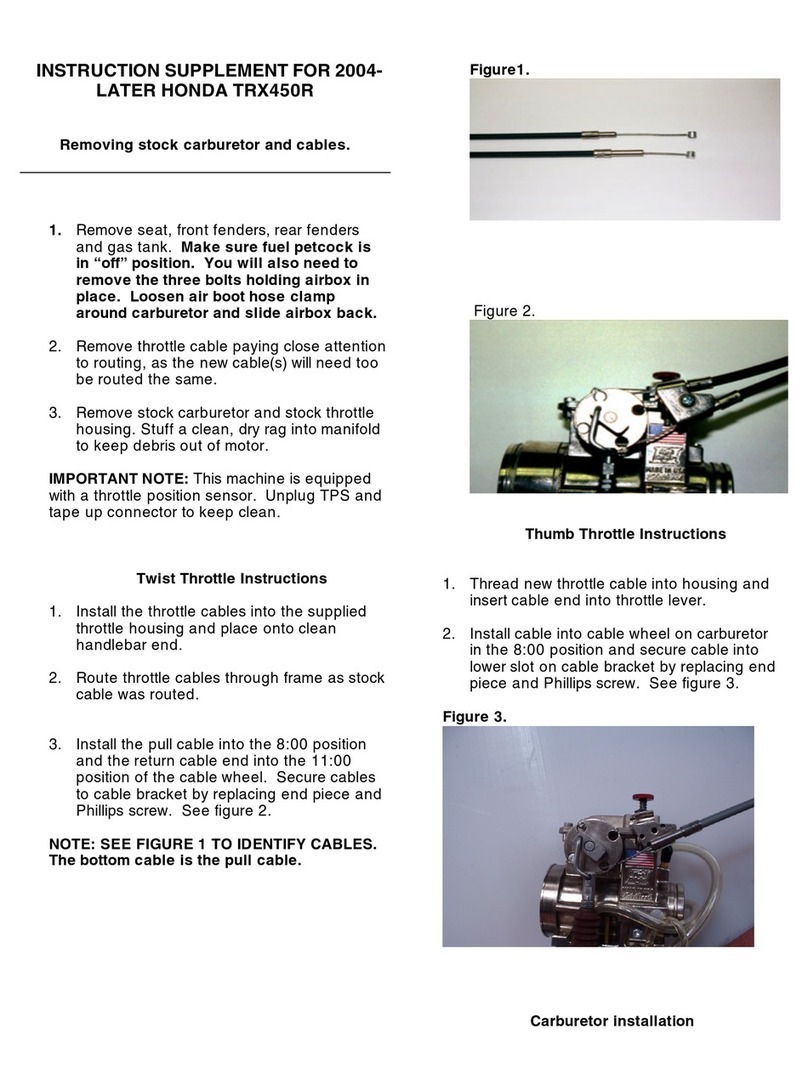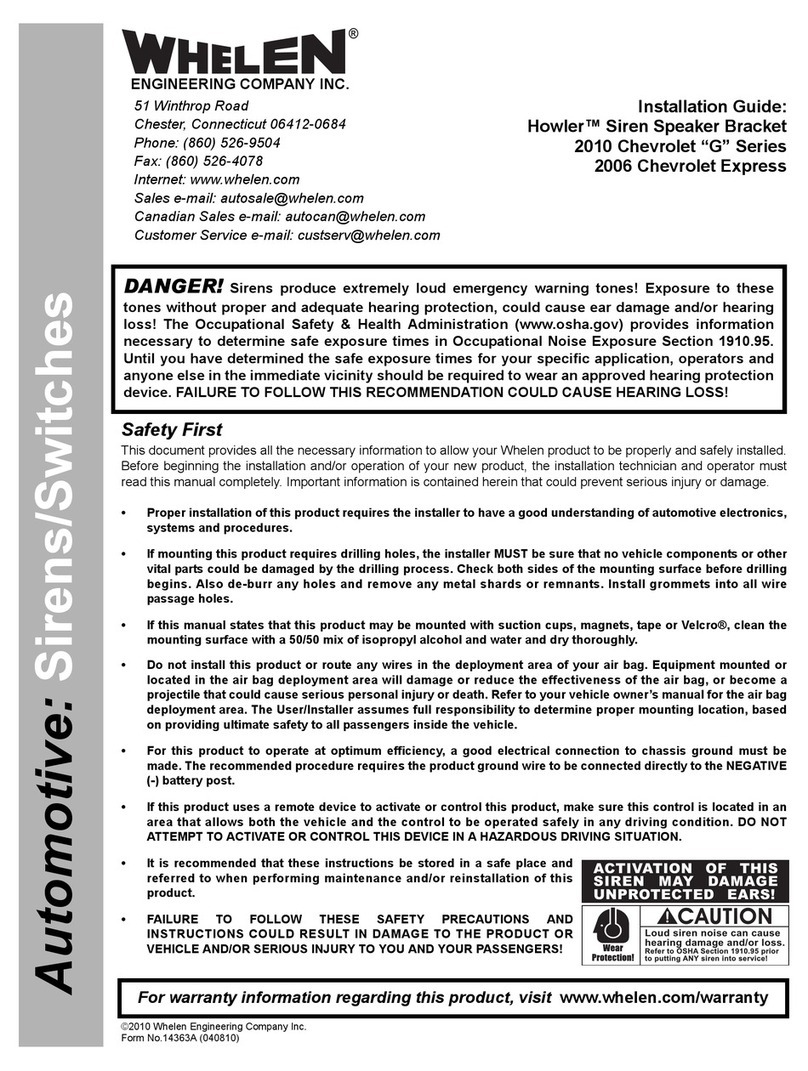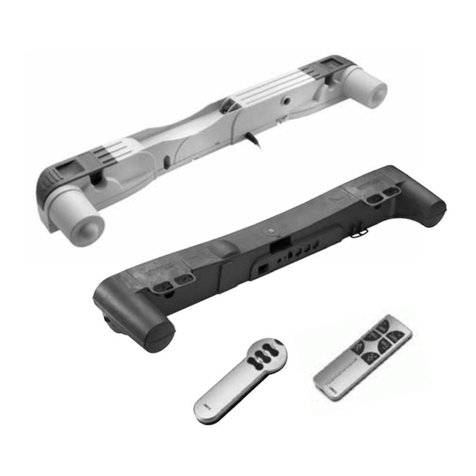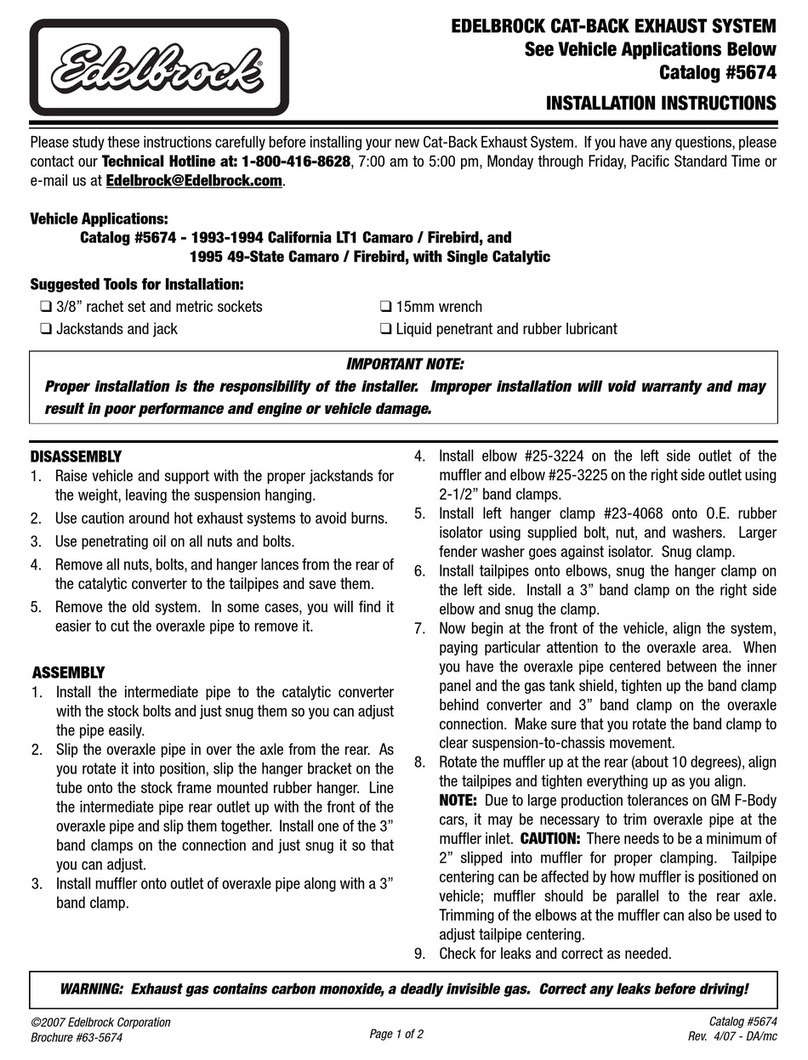
3
Protection modes
Extended braking protection
To protect the towed vehicle’s brakes, InvisiBrake
will automatically release braking pressure after an ex-
tended period (approximately 15 seconds) of continu-
ous braking — for example, someone who constantly
drives with their foot on the brakes.
To regain supplemental braking in the towed vehicle,
release and depress the motorhome brake pedal.
Note: motorhomes with exhaust brakes may activate
the brake lights, causing InvisiBrake to brake the towed
vehicle. InvisiBrake automatically protects the towed
vehicle’s brakes by releasing braking pressure after
15 seconds of continuous braking.
When the exhaust brakes disengage, InvisiBrake
resumes normal operation.
Responding to an audio alert
If, for any reason, the towed vehicle’s brakes are
applied continuously (for approximately 20 seconds),
you will hear an audible alarm.
In addition to the audio alert, the monitor LED will
be illuminated continuously.
Stop immediately. The audio alert and illuminated
LED are indicating that the towed vehicle’s brake pedal
is being constantly depressed. Significant brake system
damage to the towed vehicle will occur.
Identify and correct the cause of the audio alert be-
fore using InvisiBrake.
If you are unable to determine the cause of the au-
dible alarm, disconnect the cable from the brake pedal
arm in the towed vehicle.
CAUTION
If InvisiBrake signals you with an audio alert,
stop immediately. Identify and correct the cause
of the alarm before using InvisiBrake.
Failure to respond to an audio alert, as indicated
above, may cause significant non-warranty damage
to the towed vehicle's tires and brake system, as
well as other consequential damage.
Preparations for towing
continued from previous page
check the following:
• Connect the cable at the rear of the motorhome,
close to the center. Connecting the cable toward
either side of the motorhome may cause the break
away pin to be pulled when the motorhome turns,
activating the break away system.
• Be certain there are no obstructions which would
prevent the cable from pulling freely away from the
break away switch. Do not wrap the cable around
anything — doing so could keep the cable from pull-
ing the break away pin, preventing the system from
activating in a break away.
• Make certain the cable is the correct length —
• The cable must be long enough to prevent the
break away pin from being pulled out during nor-
mal towing — make certain there is enough slack
to allow for sharp turns. If the cable is not long
enough, the break away system will activate even
though the towed vehicle has not detached.
• The break away cable must be longer than the
safety cables. This will prevent the break away
system from activating if a component of the tow-
ing system has separated, but the towed vehicle
is still held by the safety cables.
• Make certain that the cable is not too long — it
should not hang down to the extent that it may
catch on obstructions, or drag on the ground. This
much slack could allow the cable to be pulled inad-
vertently, activating the break away system.
• If you have a telescoping tow bar, allow enough
slack for the tow bar arms to be fully extended.
• Except to test the break away system or adjust
the braking pressure, leave the break away pin in
place, even when the vehicle is not being towed. As
soon as the pin is pulled, the break away system
will be activated. The towed vehicle’s brakes will
be applied and will not be released until the pin
is replaced. Severe non-warranty damage to the
vehicle will occur if driven with the break away pin
removed.
Additionally, the InvisiBrake compressor will run
constantly until the pin is replaced, which will dam-
age the compressor and drain the vehicle’s battery.
Removing the pin will also expose the interior
of the break away switch to damage from the ele-
ments. If the components of the switch are cor-
roded, the switch may only function intermittently
or not at all.








